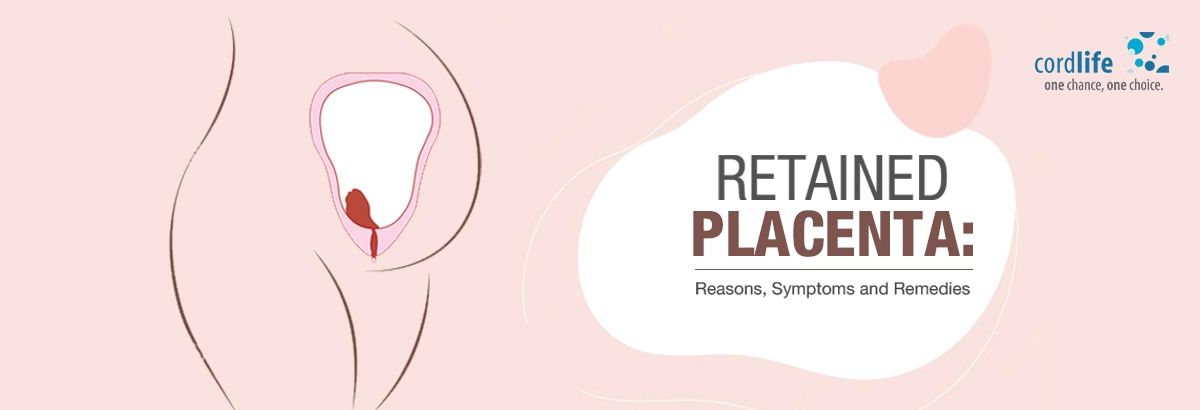Table of Contents
The placenta during pregnancy is the most essential organ for foetal development. It provides all-essential nutrients and oxygen to the baby in the womb to help them grow. It also removes waste products to create a safe environment for the baby inside the womb.
Did you know that the placenta undergoes several complications like placenta accreta, previa, and retained placenta?
What Is A Retained Placenta?
When you are close to your due date, you would have to go through the three different stages of labour. In the first stage, the labour contractions begin indicating you are ready to deliver the baby. The second stage of labour occurs, once you have given birth to your baby. In the final stage, the placenta is delivered. It takes 30 minutes for the placenta to deliver after the vaginal and C – section delivery of the baby. However, sometimes just a part or the whole placenta remains inside. That is known as the retained placenta.
What Are The Causes Of The Retained Placenta?
Retained placenta is a rare problem. This most commonly takes place after the vaginal delivery. Around 1% to 3% of you may be at risk for a retained placenta. The following risk factors may increase the chances of causing a retained placenta. And the risk factors include:
- Your age. You may be more than 30 years old.
- If you had health conditions like gestational hypertension and diabetes.
- If you had fibroids during pregnancy.
- If a premature baby was born to you earlier.
- If you gave birth to your baby through an emergency C – Section.
- If you were pregnant with twins.
- If the placenta separates from the uterus, it remains trapped behind the cervix completely or partially. This condition is also known as a trapped placenta.
- If the placenta is attached to the wall of the womb, either fully or partly. A condition known as Adherent Placenta.
- If the labour contractions at the time of childbirth are inadequate.
- If the placenta enters the uterine cavity fully through the myometrium (the outer layer of the uterus that houses the muscle cells). This condition is also known as the Placenta percreta.
- If your first and second stages of labour are prolonged (last for more than 14 hours).
- In addition to this, delivering a stillborn baby can result in a retained placenta.
What Are The Symptoms Of The Retained Placenta?
All said and done, the aftermath of a retained placenta would be severe bleeding as well as infection which is also primarily known as postpartum haemorrhage (PPH)).
The other retained placenta symptoms include:
- Suffering from fever.
- Feeling cold and sick.
- Vaginal discharge with a foul smell.
- The vagina discharges large pieces of tissue.
- Persistent intense pain.
How Is It Treated?
Removing the placenta is the most crucial procedure of childbirth. As, before the treatment of the retained placenta, your healthcare provider should know everything about your health history. After childbirth, your healthcare provider will check the remains of the placenta inside the uterus through an ultrasound scan. At the same time, the doctor will also check whether you have the signs and symptoms of retained placenta. In this case, your healthcare provider may opt for complete placenta removal. Your doctor may alternately remove the missing parts.
Here is how:
- The healthcare provider may remove the placenta manually. But in this case, you might be at an increased risk of infection.
- The healthcare provider may give you medicines to relax the uterus before contractions take place. This can further help in placental removal.
- Sometimes full bladder can be a cause of hindrance. Simply urinating properly (emptying your bladder) and massaging the uterus may help in delivering the placenta.
If none of the above-mentioned retained placenta treatment options help, your healthcare provider may use surgical procedures to remove the missing parts. In that case, surgery would be the last option to resort to. After all, it is not that you would not have a healthy pregnancy and delivery.
If you had planned to bank your baby’s cord blood before your delivery, inform your cord blood bank, which will help you to collect the blood immediately for further processing and banking.
